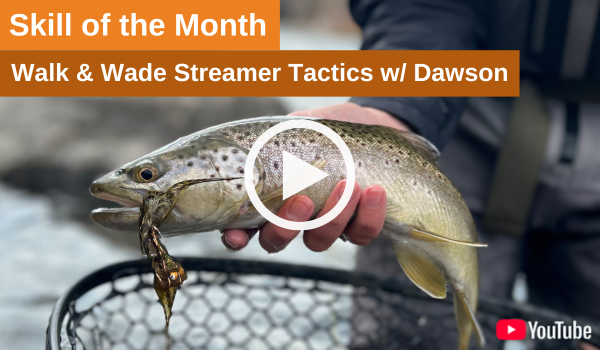Hunting Predatory Trout: Streamer Tactics for Wade Anglers
I became intrigued by streamers the first time I saw a brown trout appear out of nowhere, swimming at a speed I didn’t think trout could achieve, to absolutely smoke my fly. When I caught my biggest brown to date on a streamer one October evening last year, I was completely addicted.
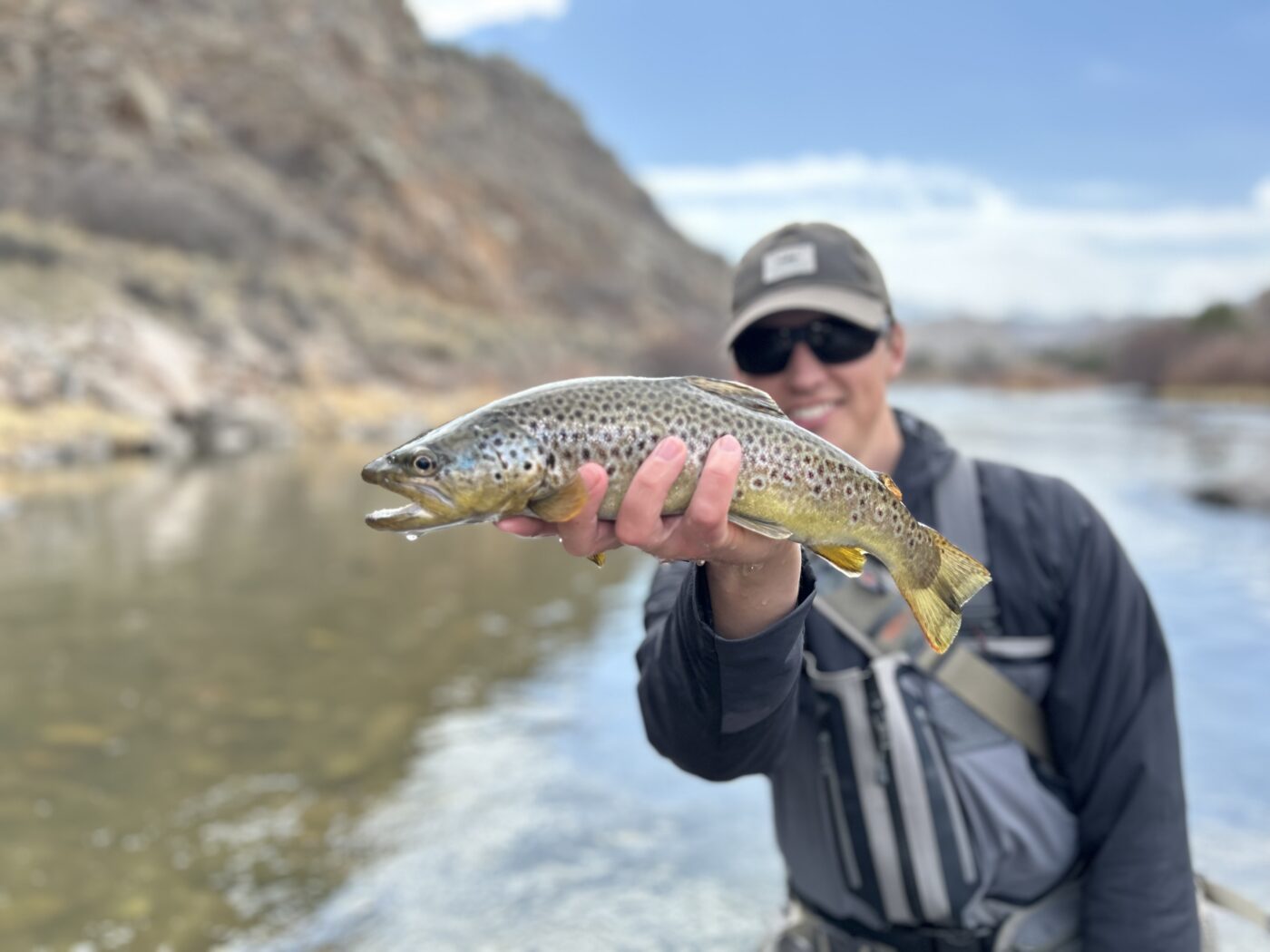
Streamer fishing is one of the most exciting and involved methods of fly fishing, but it can be difficult to learn because its tactics are almost the opposite of nymph or dry fly fishing. We’re used to fishing tiny flies on a dead drift, making it hard to believe that a fish will charge out of the depths to eat a six-inch articulated streamer ripping across the current—until you see it happen a few times. Another challenge is that streamer fishing simply produces fewer numbers than nymphing. If you head out expecting a 10-fish day, you’ll likely be disappointed, especially as a beginner.
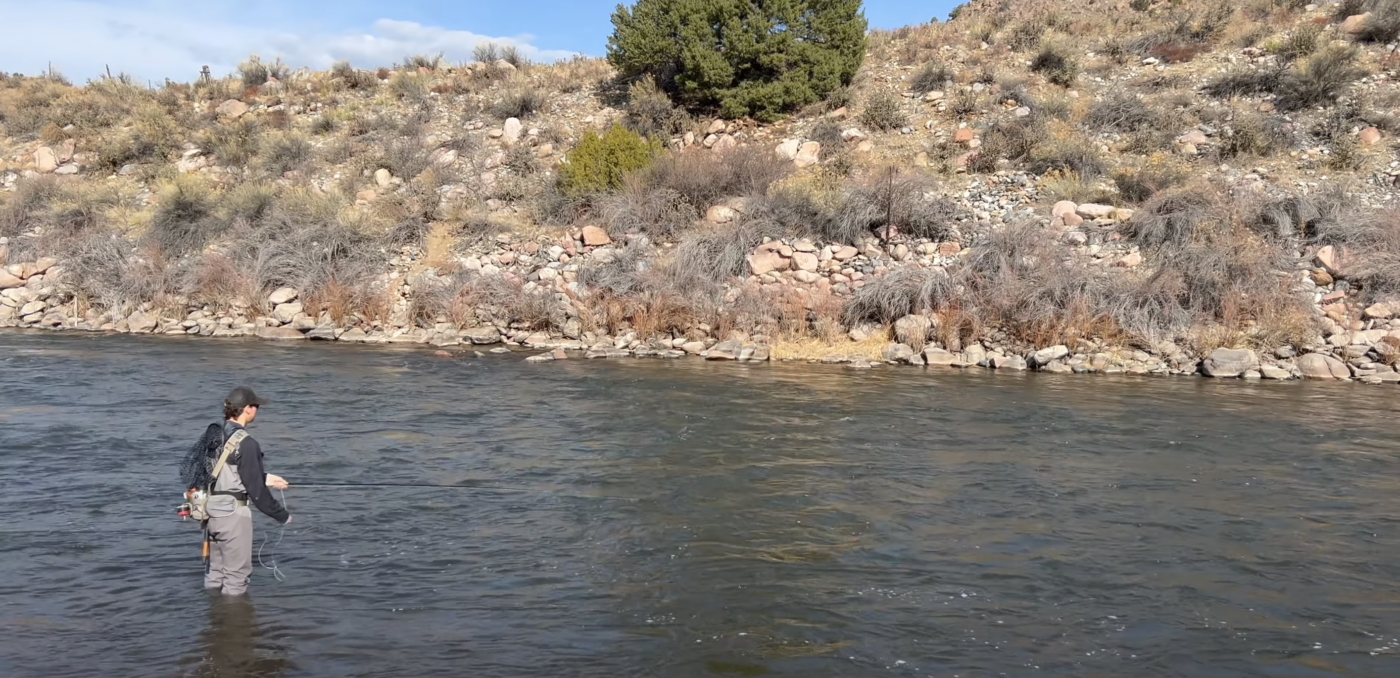
The key to streamer fishing is understanding that you’re targeting different fish. You’re not after the trout happily eating nymphs in a tailout—you’re fishing for predators. These are the fish lying in ambush, waiting to attack. That means there are fewer of them, and they tend to hold in different types of water. While non-predatory fish hang out in visible feeding lanes where the current brings food, streamer-eaters prefer “ambush spots”—slow water near structure where they can conceal themselves, such as submerged trees, root balls, weed beds, and undercut banks. Contrary to popular belief, streamer fishing isn’t just about getting deep; I’ve caught more streamer-eaters in a foot of water against the bank than in deep mid-river pools.
Many anglers testing the streamer waters bring two rods—one for streamers and one for nymphs, as insurance against getting skunked. But if your goal is to catch a fish on a streamer, this is a mistake. You’ll inevitably see fish that aren’t interested in streamers, switch to your nymph rig, and end up fishing as usual. If you want to succeed with streamers, leave the nymph box at home and commit.
You also need to ignore fish feeding in the usual spots—seams, tailouts, and shallow riffles. They typically won’t take a streamer. I’ve wasted hours dragging a streamer past these fish, watching them politely ignore it, changing flies over and over in frustration. If you can see a fish, it’s probably not a meat-eater. Move on.
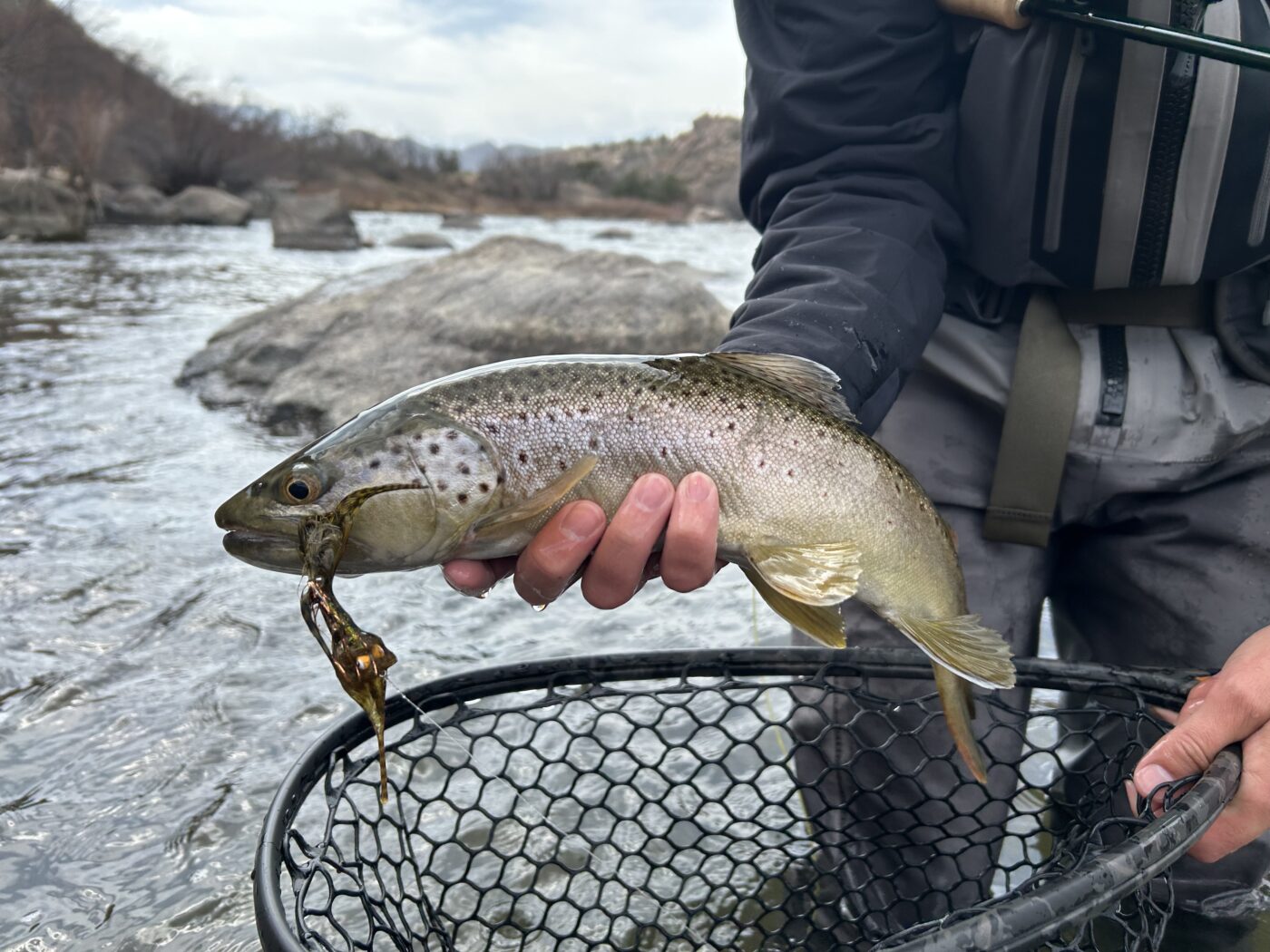
Because predatory fish are fewer and more spread out, streamer fishing is a hunt. The golden rule: cover water. Unlike nymphing or dry fly fishing, where you can work a productive spot until you hook a fish, streamer fishing requires constant movement. Even if a spot looks perfect, it might hold a predatory fish only one in ten times. Cast once or twice, then move.
The nice thing about streamer fishing? If a fish is there, it saw your fly. No need to keep casting to the same spot. Your job is to find the fish that wants to eat. This is the most important factor in streamer fishing—more than fly selection, retrieve style, or even water reading. The fish that will explode out of nowhere to demolish your streamer isn’t inspecting fly patterns; it’s reacting instinctively to movement. And these are exactly the fish you want to catch.
For covering water, a boat is ideal, but you can still fish streamers effectively on foot. Treat wade fishing like floating—cast, move, repeat. When possible, wade mid-river and cast to both banks, or hug one bank and cast across. Predatory fish are far more common along the banks than in the middle of the river.
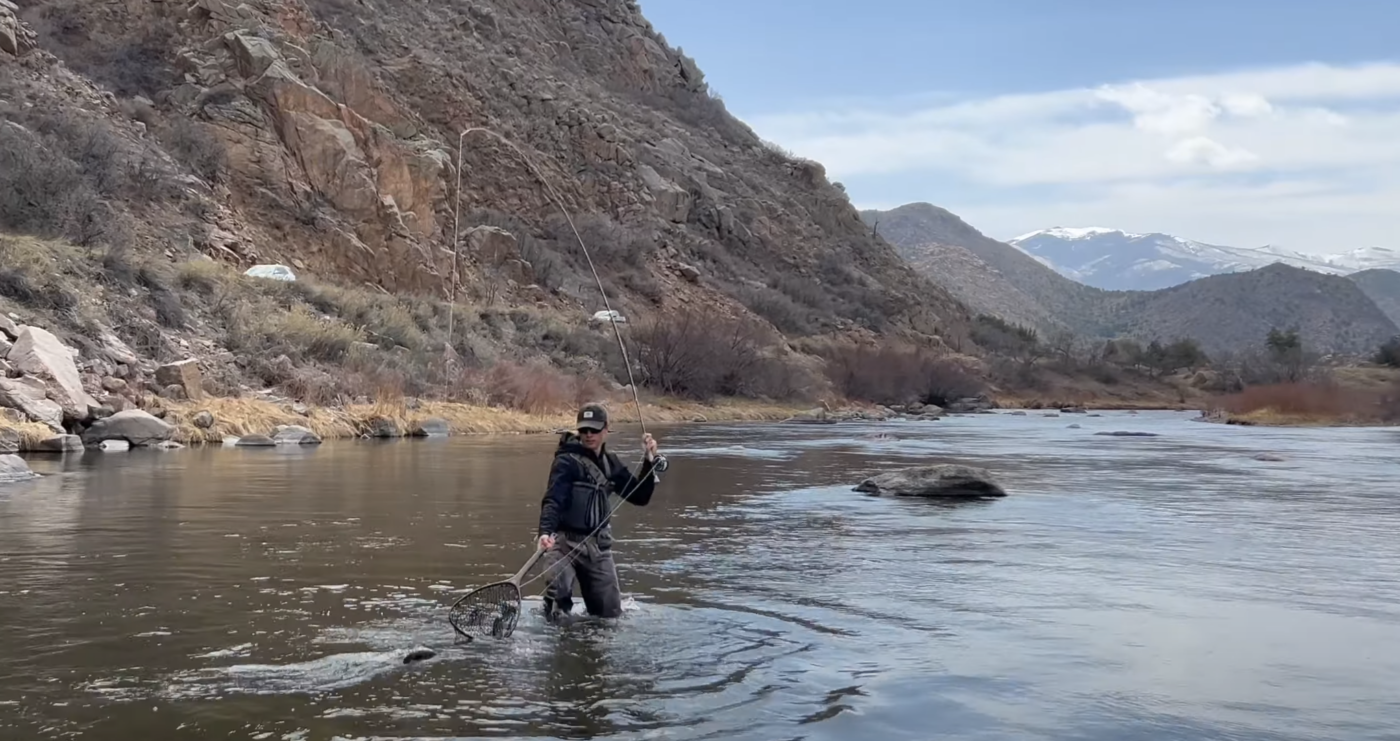
Streamer fishing requires some mental rewiring. You’re doing everything wrong by traditional fly fishing standards—fishing different water, using oversized flies, abandoning the dead drift. And success won’t come as frequently as with other techniques. But when it does, you won’t forget it.
Now is a great time to dedicate some days to streamers. Predatory fish are becoming active, looking to make up for winter’s caloric deficit. Last year’s juvenile fish are now big enough to be food. And with runoff approaching, streamers will soon be the best technique around. They work on all of our local waters—so get out there and huck some meat.
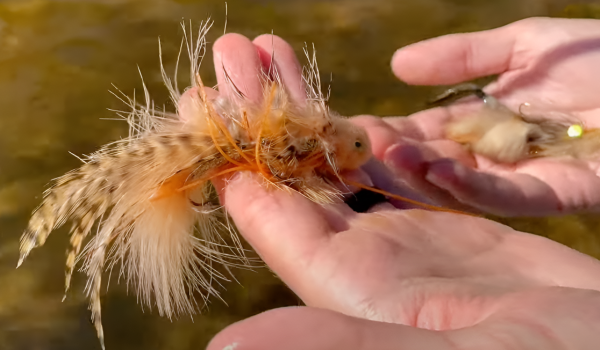
SHOP FAVORITE STREAMER PATTERNS
- Black Sex Dungeon (mini or full size)
- Olive Peanut Envy
- White Silk Kitty
- Yellow Baby Gonga
- Thin Mint
- Umpqua Essential Streamer Loaded Box
SHOP FAVORITE STREAMER RODS
SHOP FAVORITE STREAMER LINES
- Scientific Anglers Sonar Titan Sink Tip
- Rio Predator
Check out our video on effective streamer fishing while wading:
